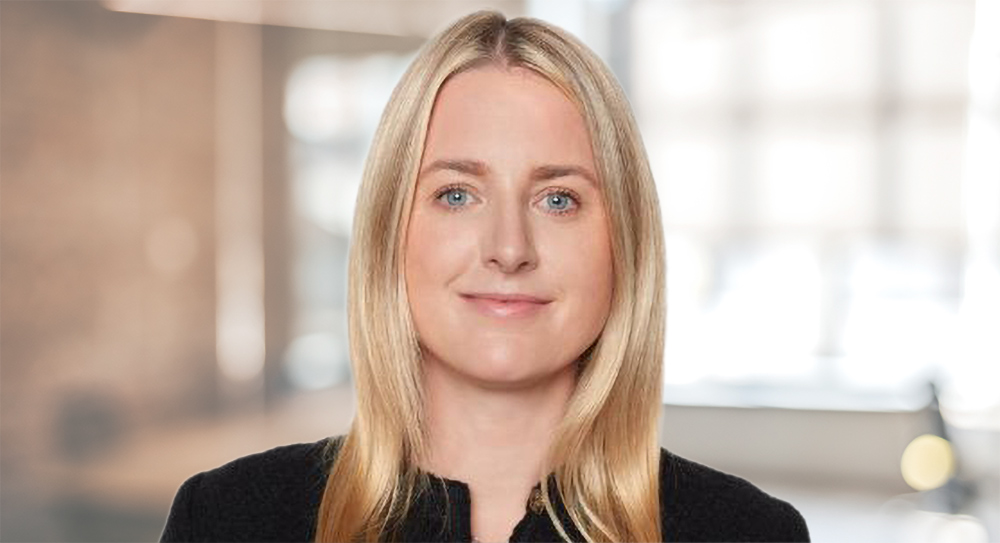Nothing to see here: LP defaults are fake news
Last week, the Fund Finance Association (FFA) convened its most active bank members, as well as fund finance, fund formation lawyers, and fund sponsors to discuss recent developments. The banks collectively represent $150bn in fund finance commitments.
The key message of the resulting statement was that contrary to reports, there have been no investor defaults and lenders are extending credit facilities to support both LPs and GPs.
Profile:
Categories: NewsFundraising & fund structuringFund financeOutsourcingBanksReporting & Transparency






